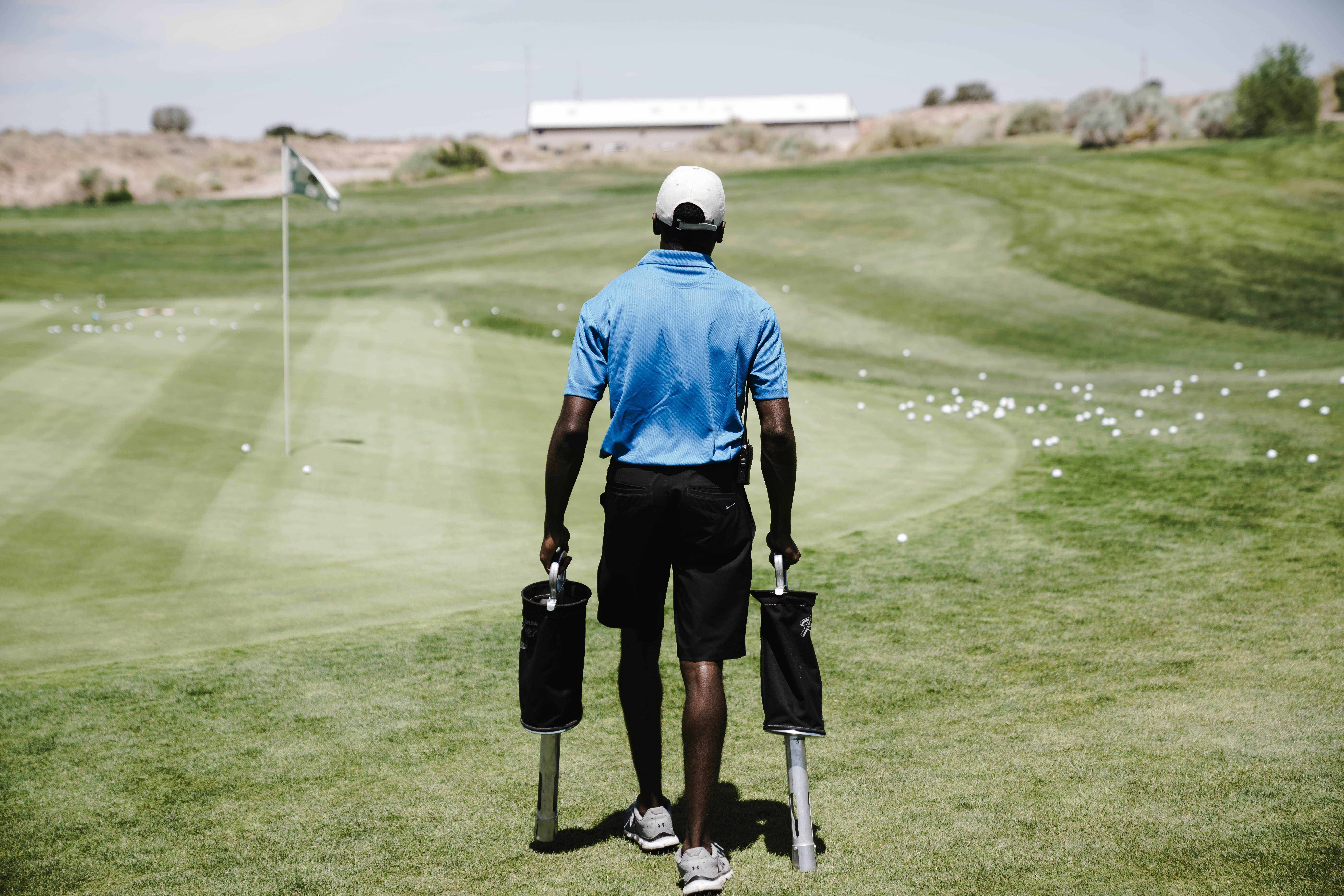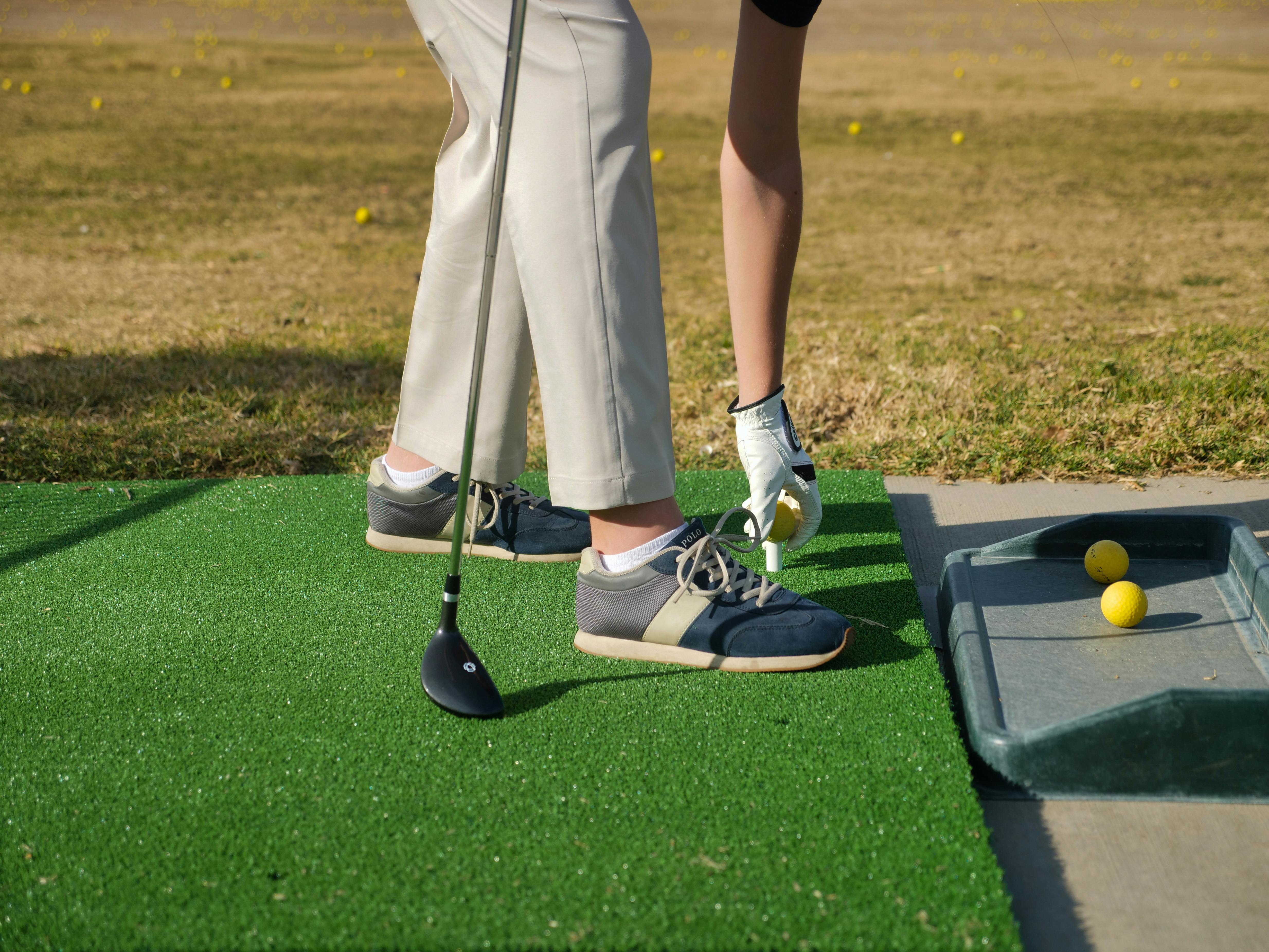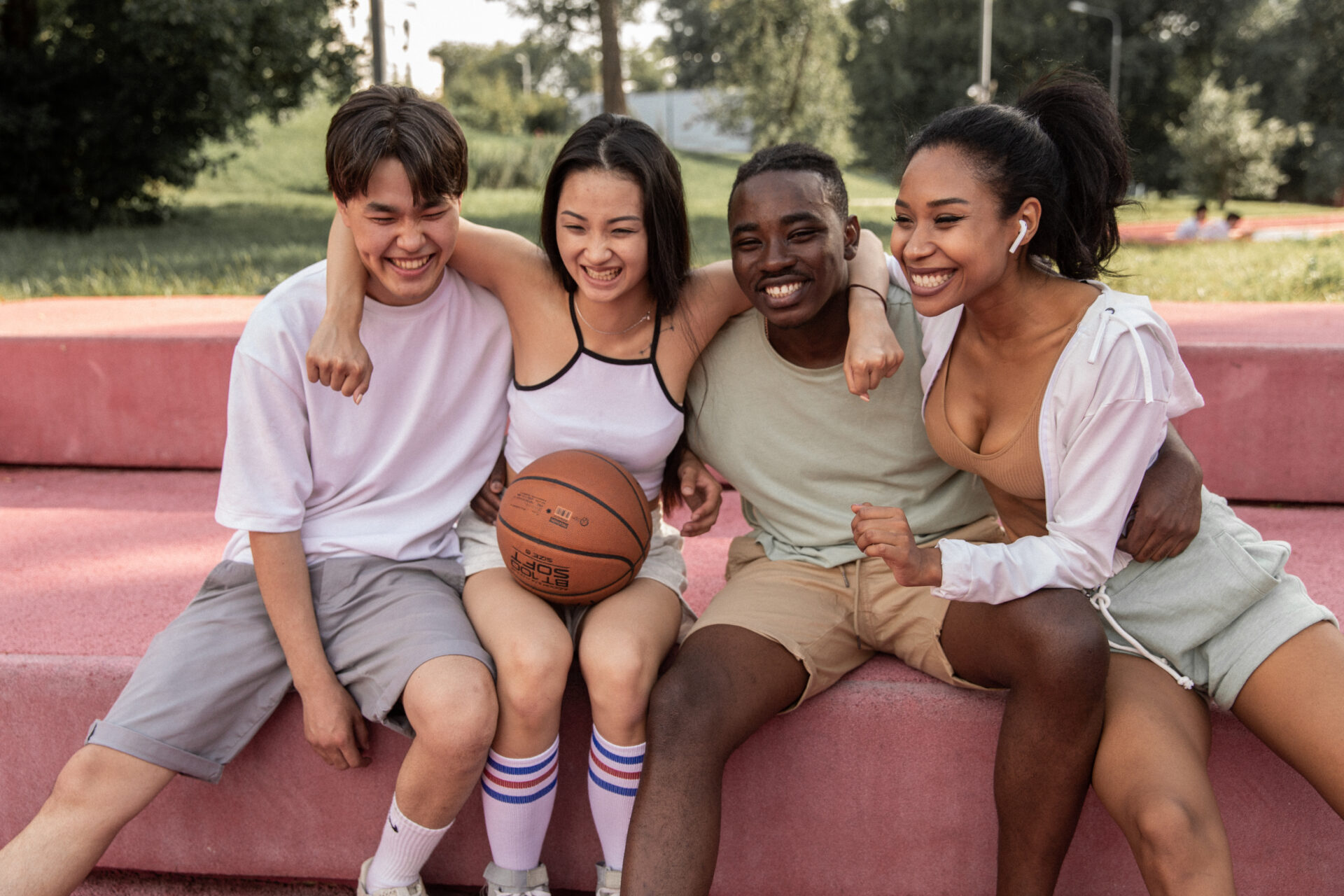Do golf balls have a shelf life? This is a question many golfers ask, especially those who are looking to save money by purchasing used or discounted golf balls. The answer is that while there are no hard and fast rules, golf balls do tend to have a finite lifespan that can be affected by various factors. Knowing what these factors are and how they affect the shelf life of your golf ball can help you make an informed decision about when it’s time to replace them. In this article, we will discuss what influences the shelf life of golf balls and the best way to maximize their longevity.The shelf life of golf balls depends on the type and brand of the golf ball. Generally, most golf balls last for around two years from the time of purchase if stored in optimal conditions.
What Causes Golf Balls to Deteriorate?
Golf balls are exposed to a variety of elements during play on the course. Sunlight, dirt, water, and contact with the ground and various objects all contribute to the deterioration of golf balls. Sunlight can cause the outer layer of a golf ball to become brittle and crack over time. Dirt can wear away at the cover of a golf ball, resulting in a loss of spin and distance. Water can also penetrate the cover of a ball, leading to its eventual breakdown. Contact with hard surfaces such as rocks or trees can cause scuffs and cuts on the surface of a golf ball that further reduce its effectiveness. All these elements combine to make playing with a single golf ball for an extended period of time difficult.
Another factor that affects the longevity of a golf ball is temperature. Extreme heat or cold can damage the dimples on a golf ball, reducing its ability to travel through air. The combination of extreme temperatures and contact with hard surfaces can also cause discoloration on some types of balls. Additionally, storing golf balls in areas with high humidity can cause them to become soft and deformed.
Finally, repeated use is one of the primary causes of deterioration in golf balls. The constant impact with clubs during play gradually wears away at the surface, leaving it more susceptible to damage from other elements such as sunlight or dirt. Additionally, repeated use leads to decreased spin rates which reduces accuracy when hitting shots.
How Long Does a Golf Ball Last?
Golf balls can last anywhere from a few rounds to several years, depending on how they are used and the quality of the ball. High-performance golf balls are designed to have greater durability than standard golf balls, but even those can show signs of wear after several rounds. Many factors can affect the longevity of a golf ball, including how often it is played and what type of course it is played on.
The materials that make up the outer casing of a golf ball also play an important role in its durability. Most high-performance golf balls are made with a urethane cover, which offers increased spin control and more durable performance than other covers such as Surlyn or balata. The core material also affects the life span of a golf ball; some cores have been known to last longer than others.
In general, most high-performance golf balls can last for up to 18 holes if they are well maintained and played on courses that are not overly rough or abrasive. Low-end golf balls may not last as long; they may need to be replaced after just one or two rounds. In addition, extreme weather conditions such as extreme heat or cold can reduce the lifespan of any type of golf ball.
Overall, the life span of a golf ball depends on many factors including the type and quality of the ball, how often it is played, and what type of course it is played on. With proper care and maintenance, high-performance balls can last for several rounds before needing to be replaced. Low-end balls may need to be replaced more frequently due to their lower quality construction materials.
How Does Temperature Affect the Shelf Life of Golf Balls?
Temperature can have a major impact on the shelf life of golf balls. The higher the temperature, the shorter the shelf life of golf balls. This is because higher temperatures can cause the ball’s core to expand, resulting in a decrease in performance over time. It can also cause the cover of the golf ball to become brittle and crack, reducing its durability. When stored in hot climates, most manufacturers recommend storing golf balls in an air conditioned environment or an insulated container to help prolong their shelf life.
Low temperatures can also affect the shelf life of golf balls. In cold climates, it is important to store golf balls in a dry and temperature-controlled environment as extreme cold temperatures can reduce their elasticity and performance over time. Cold temperatures can also cause condensation on the surface of the ball which can lead to corrosion and damage to its cover.
To ensure that your golf balls remain at peak performance for as long as possible, it is important to store them at an optimal temperature range between 40-80 degrees Fahrenheit (4-27 degrees Celsius). Doing so will help prolong their shelf life and ensure they perform at their best when you are out on the course.
In summary, temperature has a major effect on the shelf life of golf balls. To maximize their lifespan and performance, it is important to store them between 40-80 degrees Fahrenheit (4-27 degrees Celsius).
Increasing the Shelf Life of Golf Balls
Golf balls are an essential part of any golfer’s equipment, and it is important to maintain their quality over time. The shelf life of a golf ball can be affected by many factors, including storage conditions, temperature, and humidity. Fortunately, there are some steps you can take to help increase the shelf life of your golf balls and keep them in top condition for as long as possible.
Store Properly
The first step to increasing the shelf life of golf balls is proper storage. To get the most out of your golf balls, store them in a cool, dry place away from direct sunlight. This will help preserve their quality over time and make sure they last longer. Additionally, storing your golf balls in a sealed plastic container or bag can help reduce moisture damage that can occur when exposed to air.
Keep Cool
Another way to increase the shelf life of your golf balls is to ensure that they stay cool. Avoid leaving your golf balls in hot temperatures for extended periods as this can cause them to break down faster and degrade their performance on the course. If you need to store your golf balls for an extended period of time, consider using an insulated container or a refrigerator to keep them at a lower temperature. This will help preserve their quality longer than if they were left in hot temperatures or exposed to direct sunlight.
Clean Regularly
Regular cleaning is also important for increasing the shelf life of golf balls. Dirt and debris can accumulate on the surface of a ball over time which can affect its performance when hit off the tee or fairway. To prevent this from happening, use a damp cloth or brush to remove any dirt or debris that may have accumulated on the surface of your ball before each round of play. This will not only help improve its performance but also help keep it looking new for longer periods of time.
Check For Damage
Finally, it is important to regularly check your golf balls for any signs of damage or wear-and-tear that may have occurred during play or storage. If you notice any cracks, chips, or other signs that may indicate damage then it’s best to replace them with a new one as soon as possible so they don’t become worse over time and further reduce their performance on the course. Taking these steps will help extend the shelf life of your golf balls and keep them in top condition for longer periods of time so you can get maximum performance out on the course every round!

Recycled Golf Balls Fit for Play?
Golfers who are looking for a way to save money while still getting a great game of golf can look into buying recycled golf balls. Recycled golf balls are those that have been used previously and have been gathered, cleaned, and graded according to the amount of use they have seen. The grade will determine the condition of the ball and its price tag.
Recycled golf balls are generally cheaper than new ones, but they can still provide a great game. While some may worry about their quality, they can be just as good as new if you know what to look for when buying them. Most recycled golf balls will be in various stages of wear, so it is important to inspect them before purchasing. You should also pay attention to the brand and model of the ball and ensure that it matches the one you want to buy.
The durability and performance of recycled golf balls depends on how well they are maintained after purchase. It is important to clean them regularly with warm soapy water and keep them out of direct sunlight or high temperatures. This will help keep them in good condition for longer play time. Additionally, you should check for any visible damage or signs of wear on the ball before playing with it, as this could affect performance or even cause injury if the ball splits open during play.
Overall, recycled golf balls can be a great way for golfers to save money while still getting a good game. However, it is important to inspect each ball carefully before purchasing and take proper care of them after purchase in order to ensure they last for a long time on the course.
New Golf Balls
New golf balls are typically made with higher quality materials and boast better performance than used golf balls. They are usually more durable and can withstand harsher impacts, which makes them better suited for long-distance shots. Additionally, new golf balls often have improved aerodynamics, enabling players to hit farther and straighter shots. New golf balls also come in a range of colors, sizes, and weights which can be beneficial for certain playing styles.
Used Golf Balls
Used golf balls have been previously owned and used by someone else, meaning they may not always be in the best condition. In some cases, the performance of these balls may be affected, such as if the cover has been scuffed or cut. Used golf balls may also lack the aerodynamic properties of new ones and could result in shorter and less accurate shots. However, used golf balls can still offer a decent game experience at a fraction of the cost of new ones. Furthermore, some players may prefer used golf balls for their unique patina or aged look.
In summary, new golf balls provide higher quality performance with improved aerodynamics and durability while used golf balls offer an affordable option with potential drawbacks in terms of performance. Ultimately, the choice between new or used should depend on personal preference and budget constraints.
How Does Humidity Affect the Shelf Life of Golf Balls?
Golf balls are sensitive to humidity and the environment, and can suffer from changes in moisture levels. High humidity can cause golf balls to lose their elasticity, become heavy, and decrease in hardness. Low humidity can cause golf balls to become brittle and prone to cracking. The shelf life of a golf ball is greatly affected by humidity levels, as high levels of moisture can increase the rate at which golf balls deteriorate.
In humid conditions, golf balls may become discolored or change shape due to moisture absorption. This can lead to a decrease in performance and an increase in spin rates during play. High humidity also increases the chances of mold or mildew developing on the surface of a golf ball, which can further degrade its performance. Additionally, it increases the risk of bacteria growth on the surface of the ball which could potentially lead to illness if ingested or inhaled.
In dry conditions, golf balls become more brittle due to a lack of moisture. This makes them more prone to cracking and breaking when hit with a club or when dropped from a height. In low humidity environments, it is advisable to store golf balls in airtight containers as this will help prevent them from drying out too quickly.
It is important for golfers to be aware of how changing environmental conditions may affect their equipment. Paying attention to local weather forecasts and keeping an eye on relative humidity levels is essential for maintaining peak performance for any golfer’s game-winning gear.

Conclusion
Golf balls have a shelf life, but the exact length of time they remain playable is dependent on a variety of factors. The quality of the ball, the conditions it’s stored in, and how often it’s used all play a role in determining when a golf ball should be replaced. But generally speaking, a high-quality golf ball should last for several rounds if well taken care of. As such, golfers should take care to store their balls correctly and inspect them regularly for signs of wear and tear to ensure they can get the most out of them.
Ultimately, if you want to get the best performance out of your golf balls, it is important to pay attention to their shelf life and replace them when necessary. As long as you do that, you will be able to enjoy playing with good quality golf balls for many rounds.




